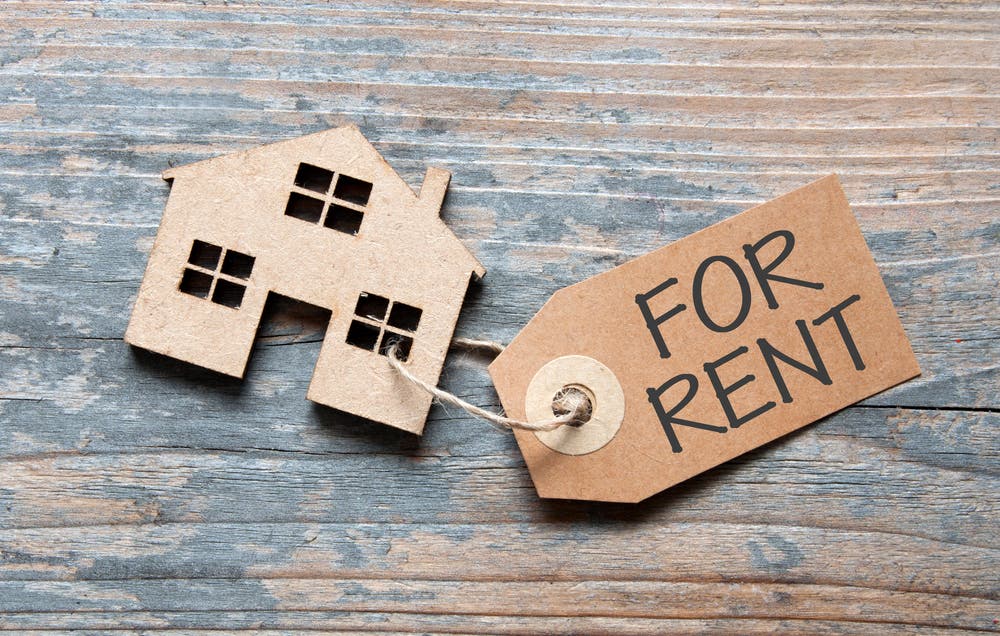Household Bills
Only one in 20 private rental properties are covered by housing benefit

With local housing allowance (LHA) rates effectvely frozen and rents rocketing, a think tank has discovered that only a fifth of newly-let properties are affordable to housing benefit or universal credit claimants.
Recipients of housing benefit or universal credit are struggling to find affordable private rented properties as benefits have been frozen while rents have increased by more than a fifth.
According to the Institute for Fiscal Studies (IFS), in a report funded by the Joseph Rowntree Foundation, local housing allowance (LHA) rates, which set the maximum level of support for low-income private renters, have been frozen in cash terms since April 2020.
At the same time, the skyrocketing rental market has shrunk the proportion of affordable rental properties on Zoopla that are available to benefit claimants to 5%, from 23%, since the LHA rate freeze.
This figure is the lowest on record.
Regional differences
The decline in affordable availability has been felt across the UK despite some variations between nations and regions.
The share of the properties that are financially available to benefit recipients range from 2.5% in Wales to 6.9% in the North East.
Decline in property quality
The analysis also found that the quality of properties available has diminished alongside availability.
Low income families who are renting private properties are much more likely than social renters or owner occupiers to be living in homes that are potentially hazardous.
There was also evidence that these properties were either in disrepair, difficult to adequately heat or generally lacking in modern facilities.
Around a quarter of private rented dwellings lived in by those on low incomes would fail the Decent Home Standard, which socially rented accommodation is legally required to meet.
This is compared to 18% of owner-occupied homes and 12% of social rented homes which would fall short of the required standards.
In the first quarter for this year, affordable properties had 19% higher heating and hot water costs than the average.
It’s a gap that has widened as rental prices have outstripped benefit payments.
Private rents becoming unaffordable
Tom Wernham, a research economist at IFS and co-author of the report, said: “Compared with homeowners, renters in the social and private sectors face higher rates of poverty and lower living standards. With housing support frozen and falling well behind rents, only one in 20 newly-listed private rental properties could be covered by housing benefit.
“If these benefit freezes are maintained, private rents will become increasingly unaffordable for those on low incomes.”
Darren Baxter, the principal policy adviser at the Joseph Rowntree Foundation, said: “Private renters on low incomes are seeing the number of properties they can afford shrink dramatically as housing benefit fails to keep pace with soaring rents.
“Clearly, the Government’s freeze on LHA is unsustainable. Even if renters can find somewhere affordable to live, it’s likely to be a home that’s unsafe or in disrepair. These homes are also harder to heat, leaving renters facing energy bills they just can’t afford.
“As more people on low incomes rent privately, it’s crucial that the Government unfreezes LHA and ensures it reflects market rents so that families aren’t forced to choose between homes that are unsafe or homes they can afford.”